| Bellagio | ||||
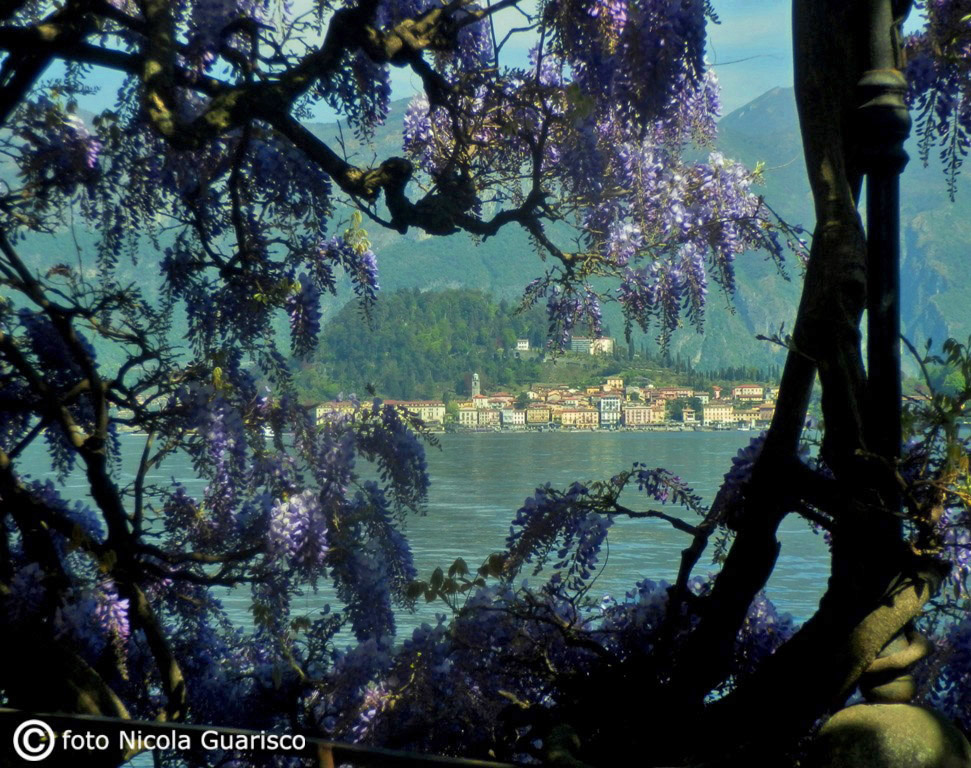
|
||||
|
Bellagio framed by the wisteria of Cadenabbia, a typical symbol of Larian romanticism. | ||||
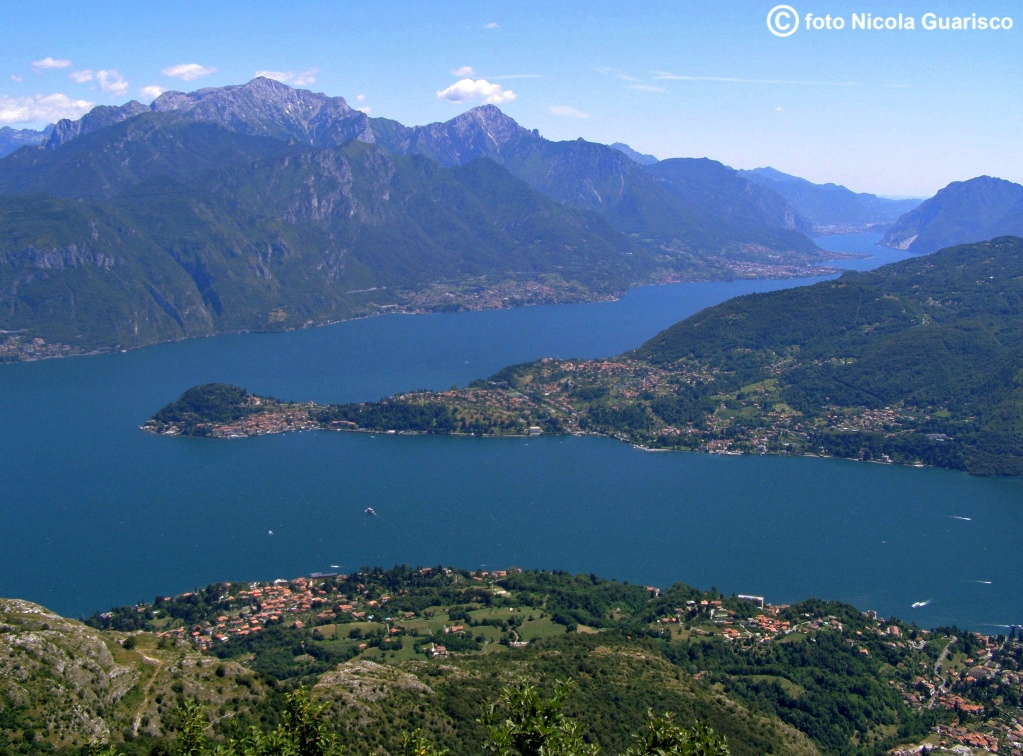
|
||||
|
The green hills of the Larian triangle with Bellagio located right in the middle, | ||||
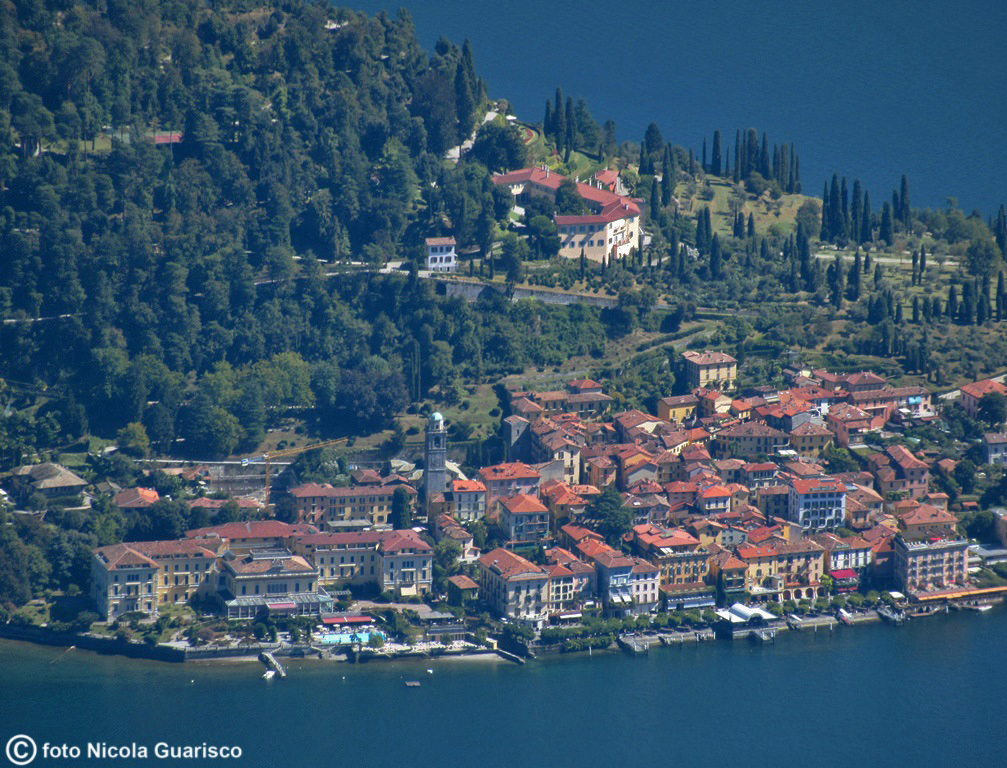 |
||||
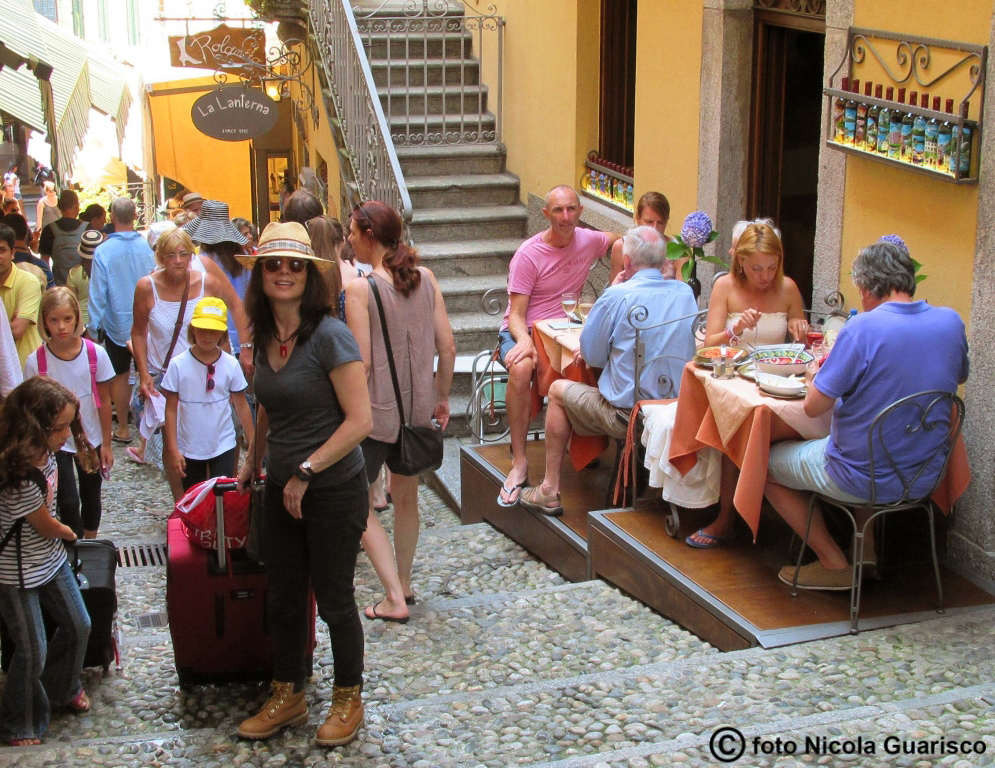
|
||||
|
The classic Salita Serbelloni. | ||||
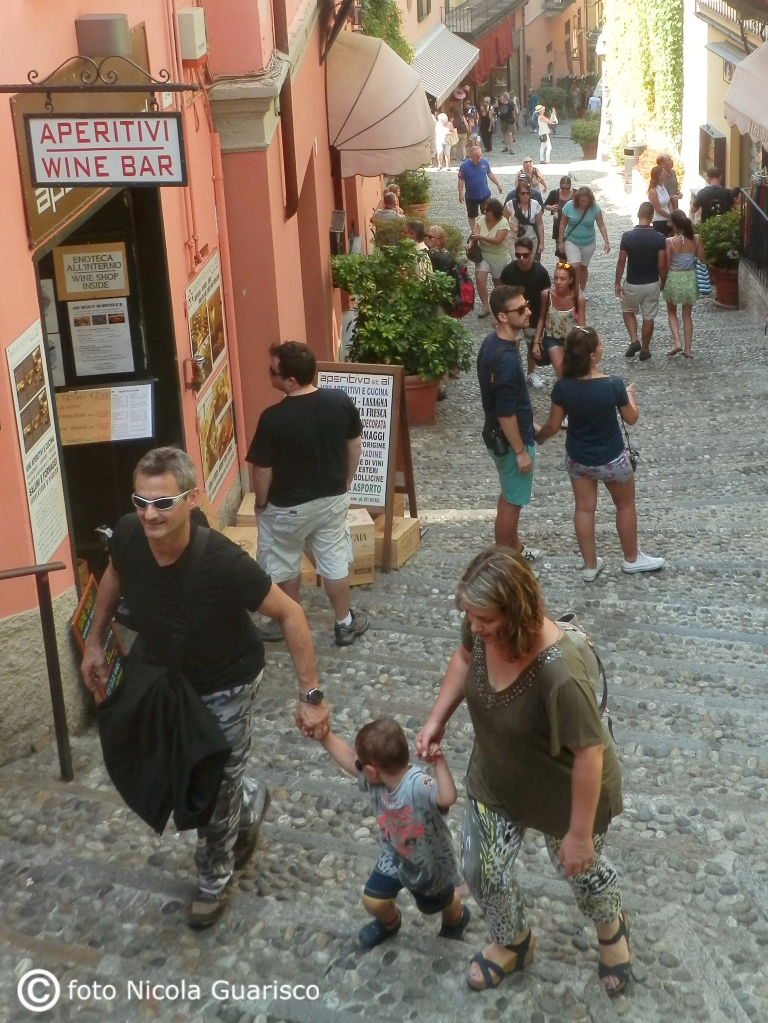 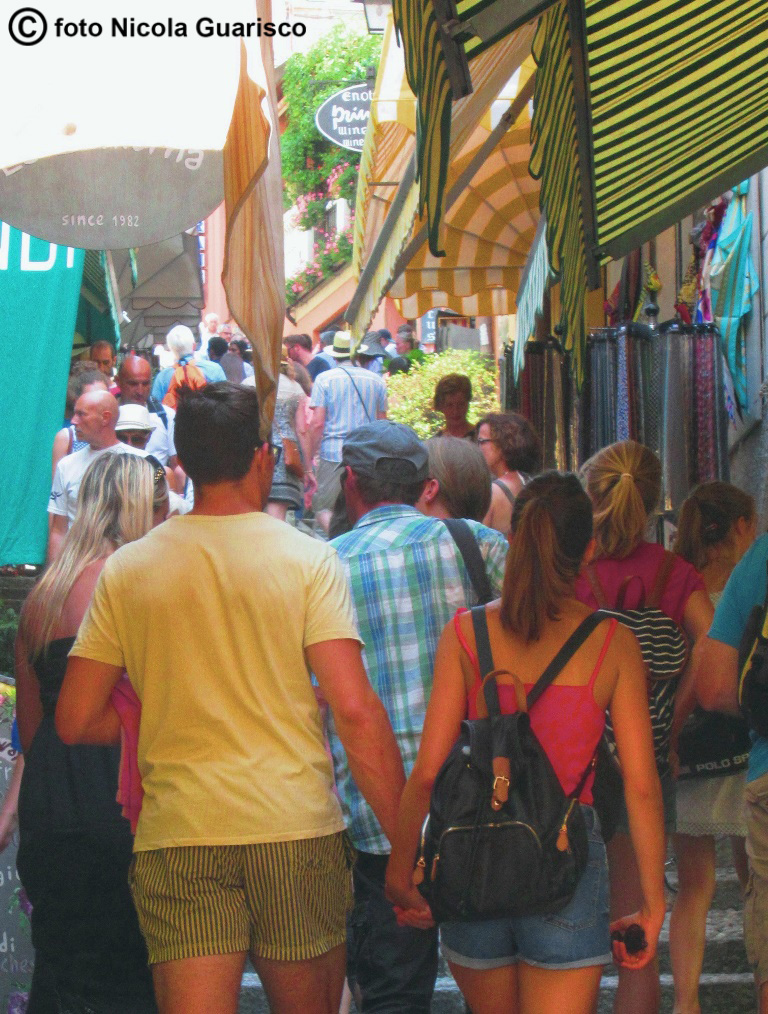 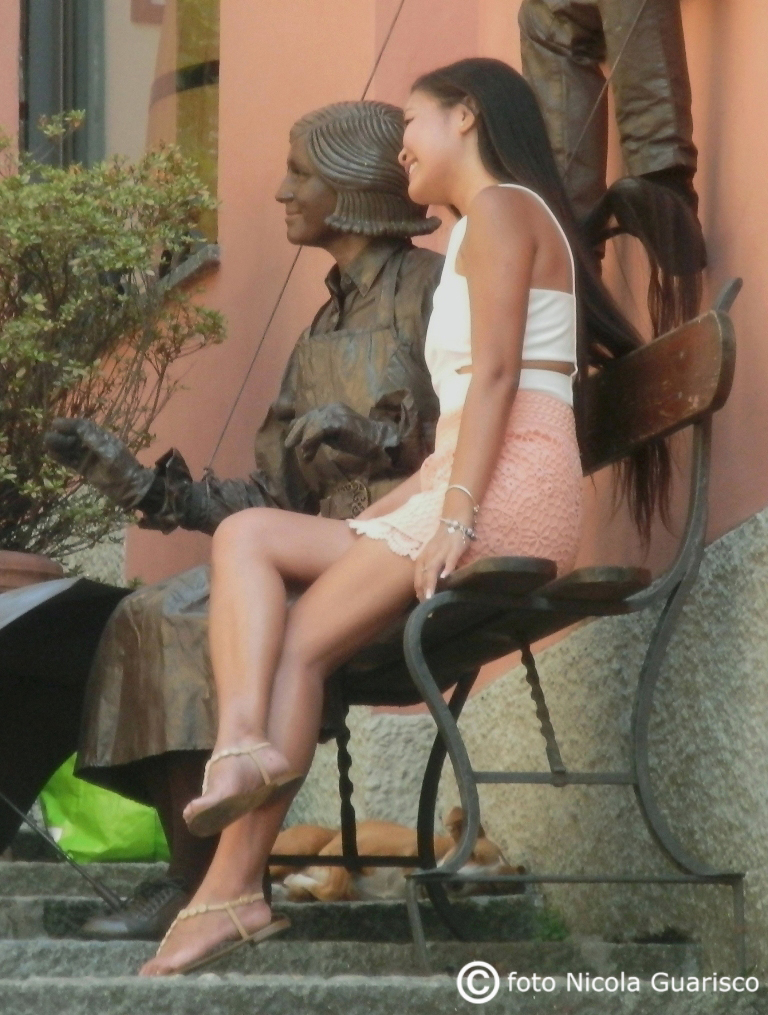
|
||||
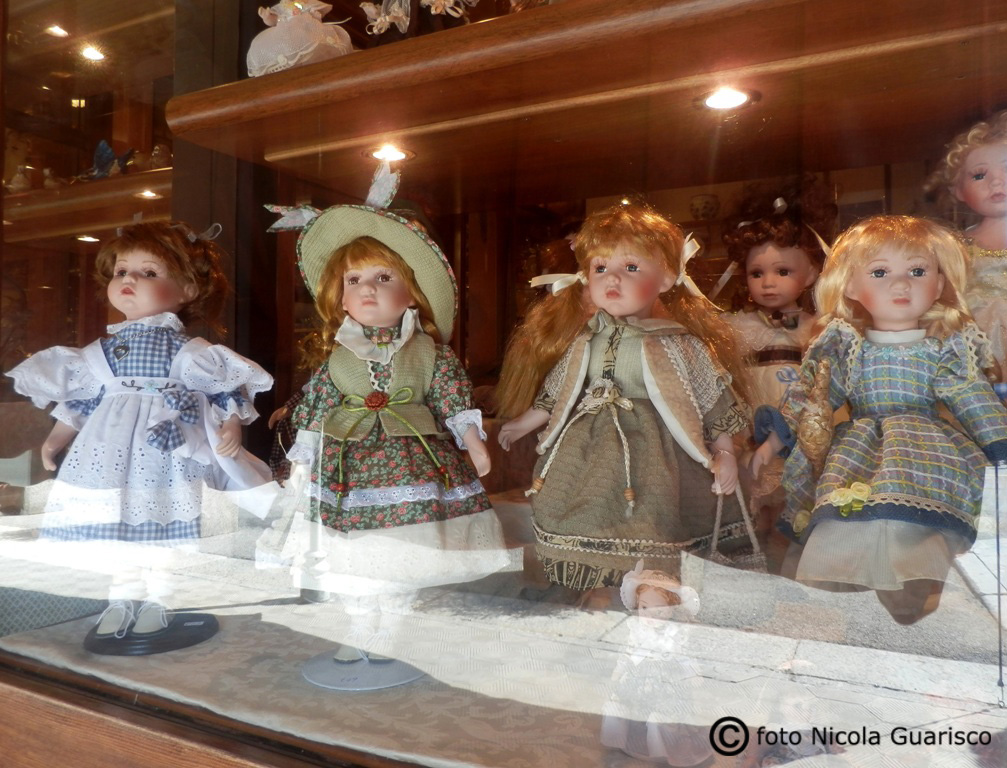 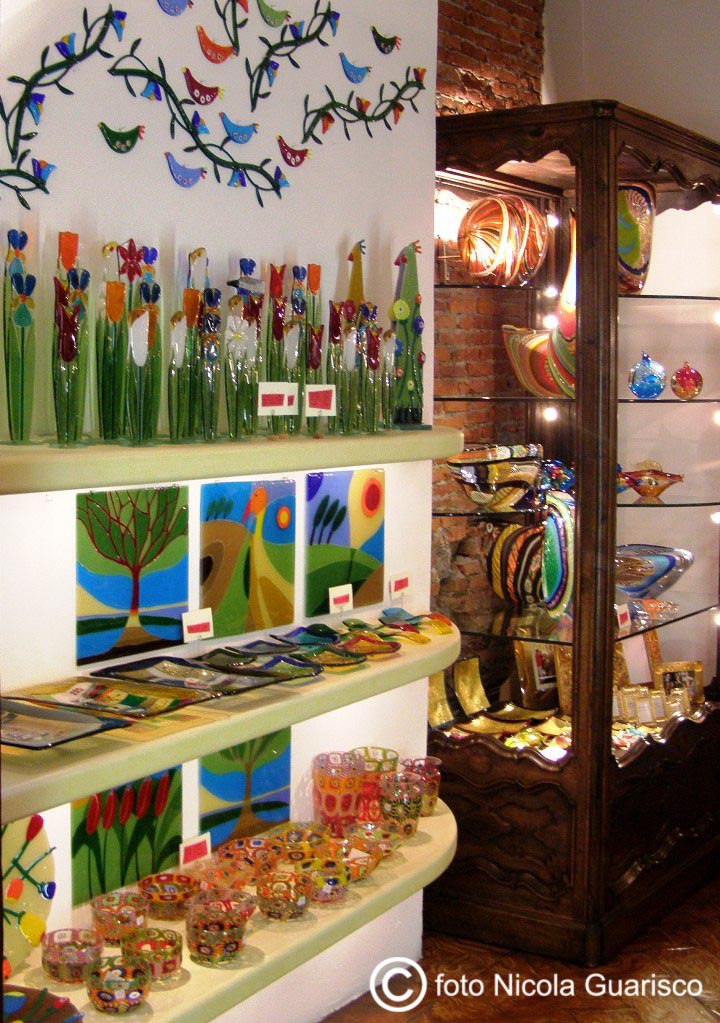
|
||||
|
Shops displaying items of great value, mostly made by hand. | ||||
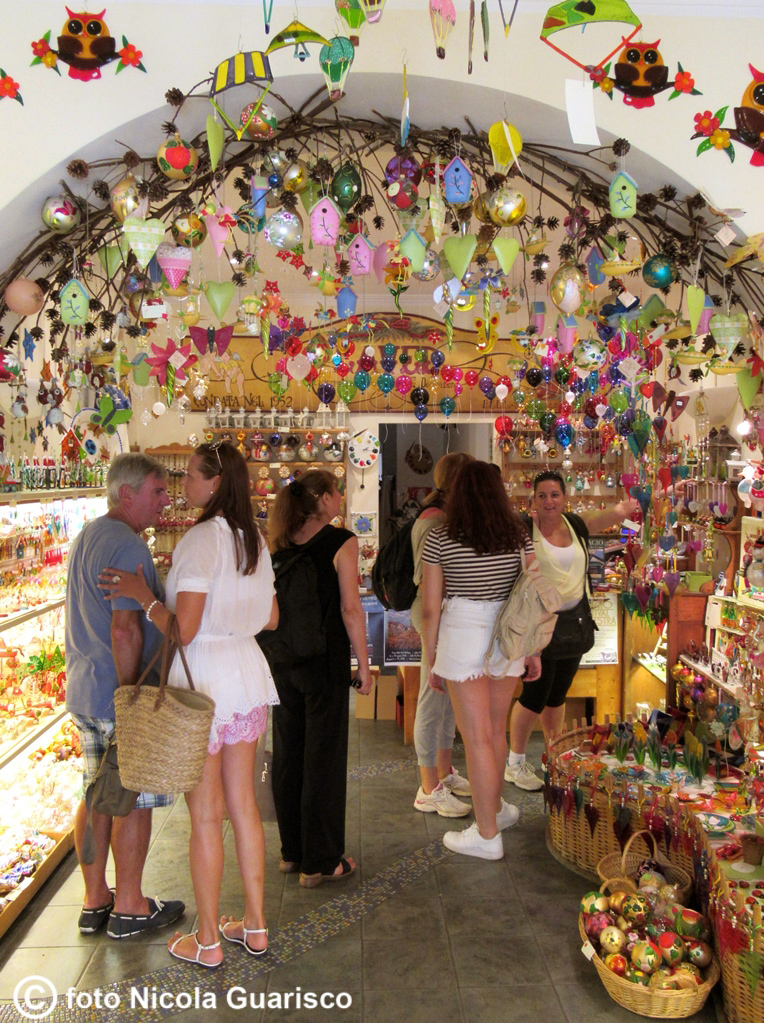 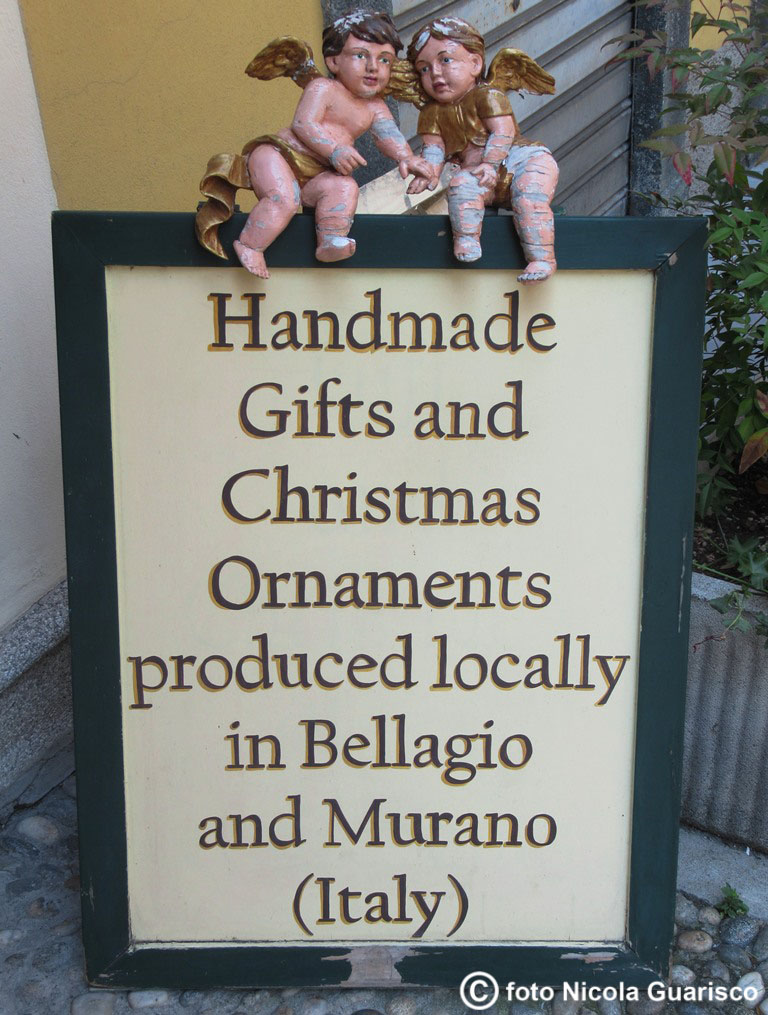
|
||||
|
Just like Murano (Venice), Bellagio is renowned for its ancient glass blowing art. Each piece is entirely hand-made. This area is famous for the production of Christmas ornaments, | ||||
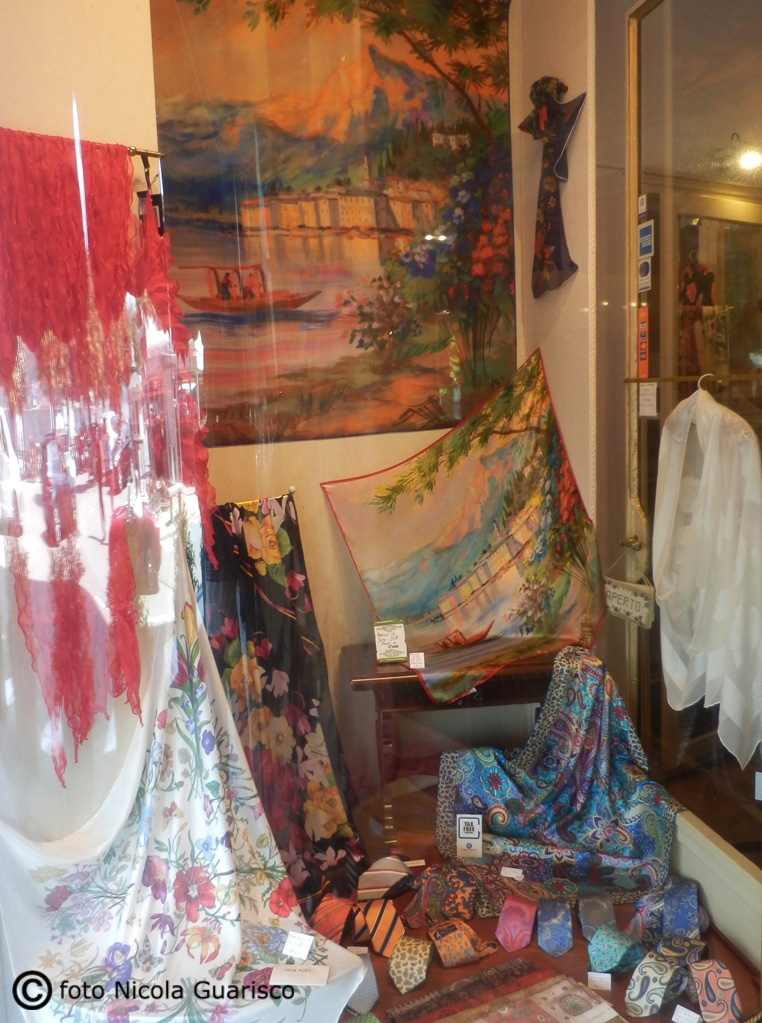 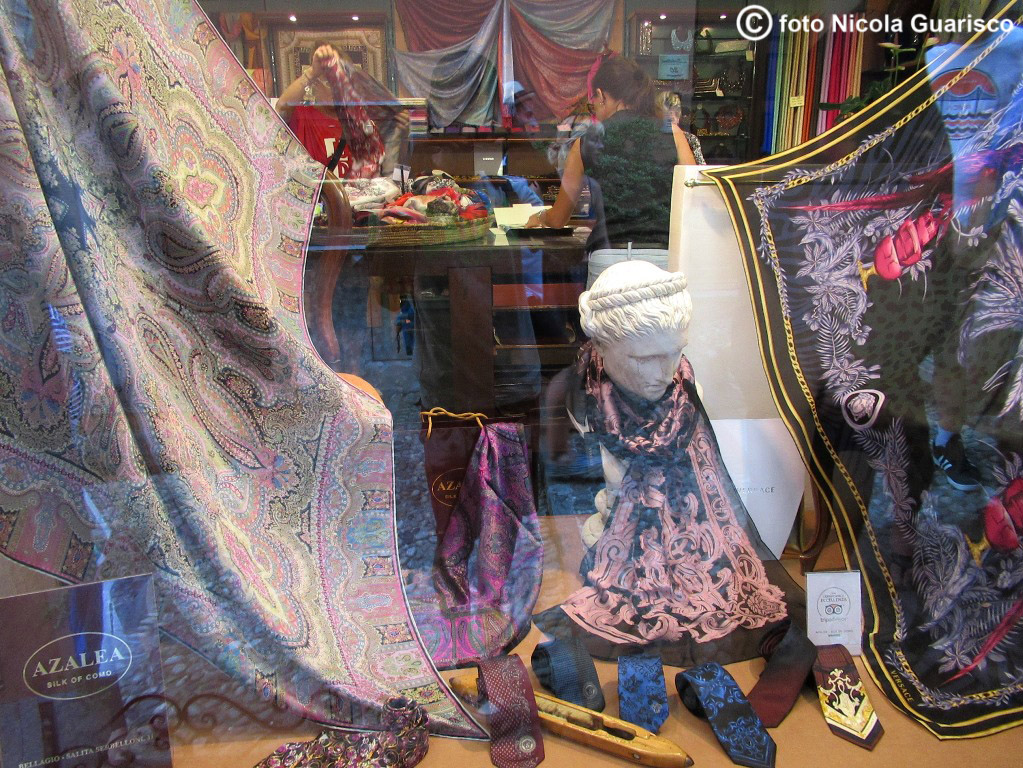
|
||||
|
The famous silk made in Como. | ||||
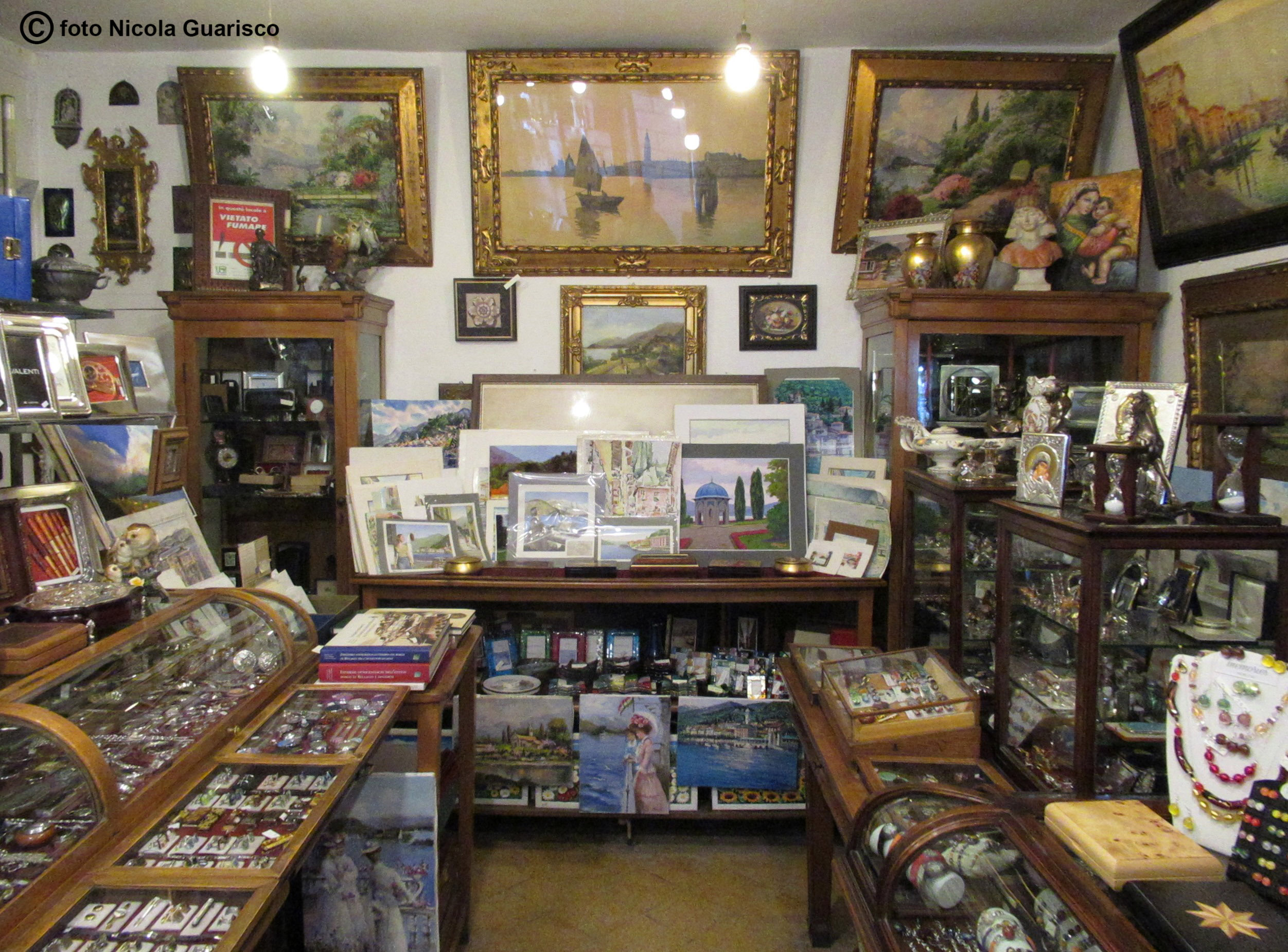 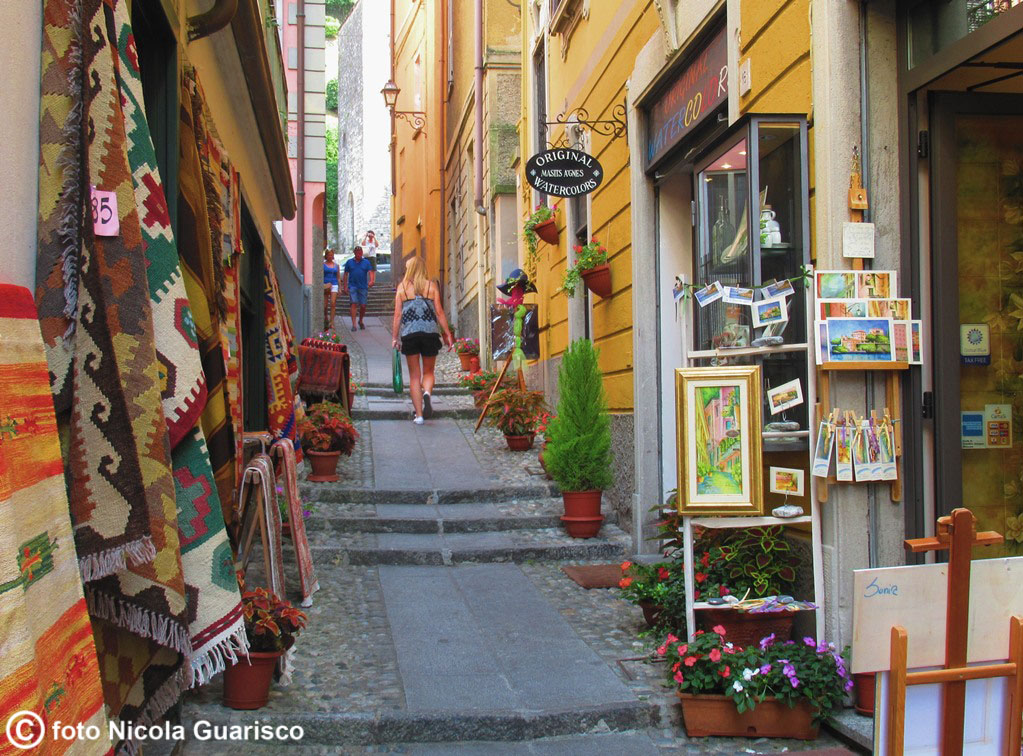
|
||||
|
In the left, the art shop Grandi Carlo: paintings, jewerly, antique trade. | ||||
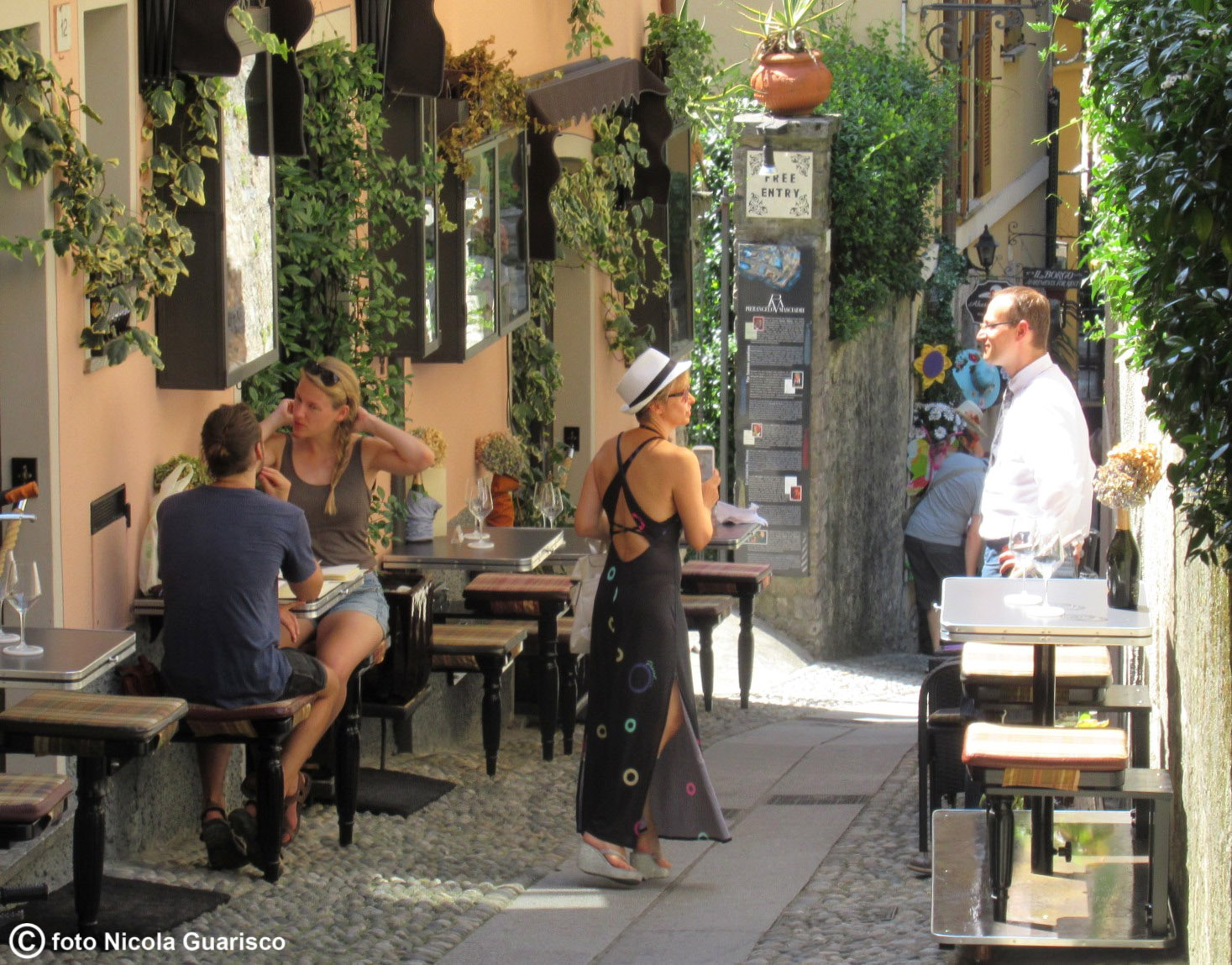 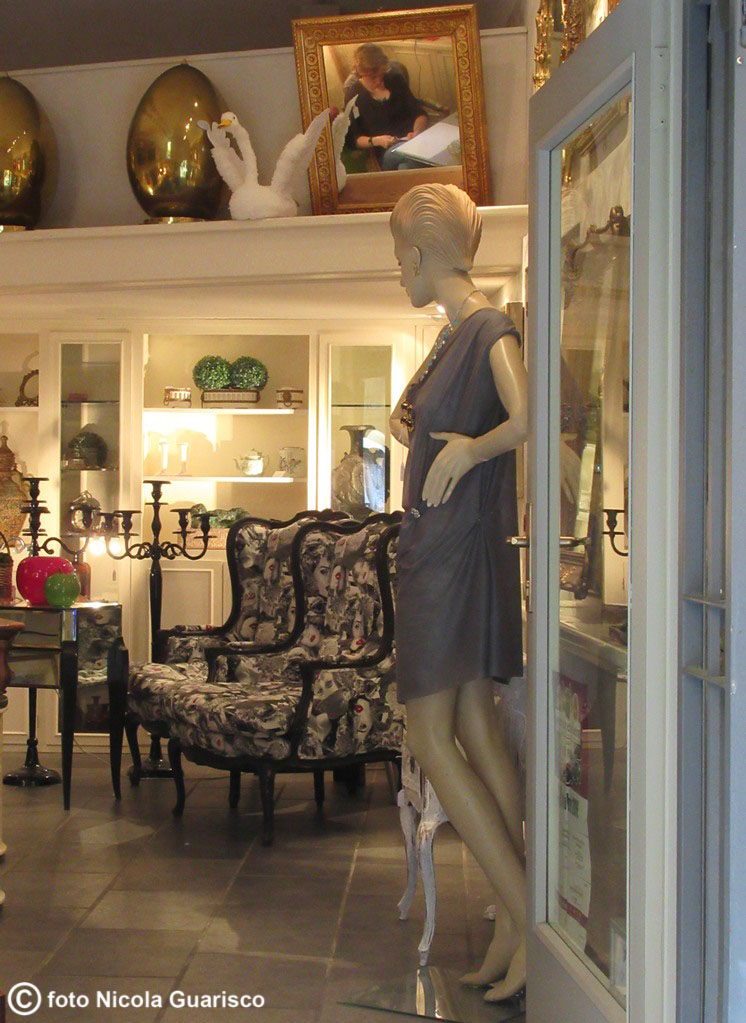
|
||||
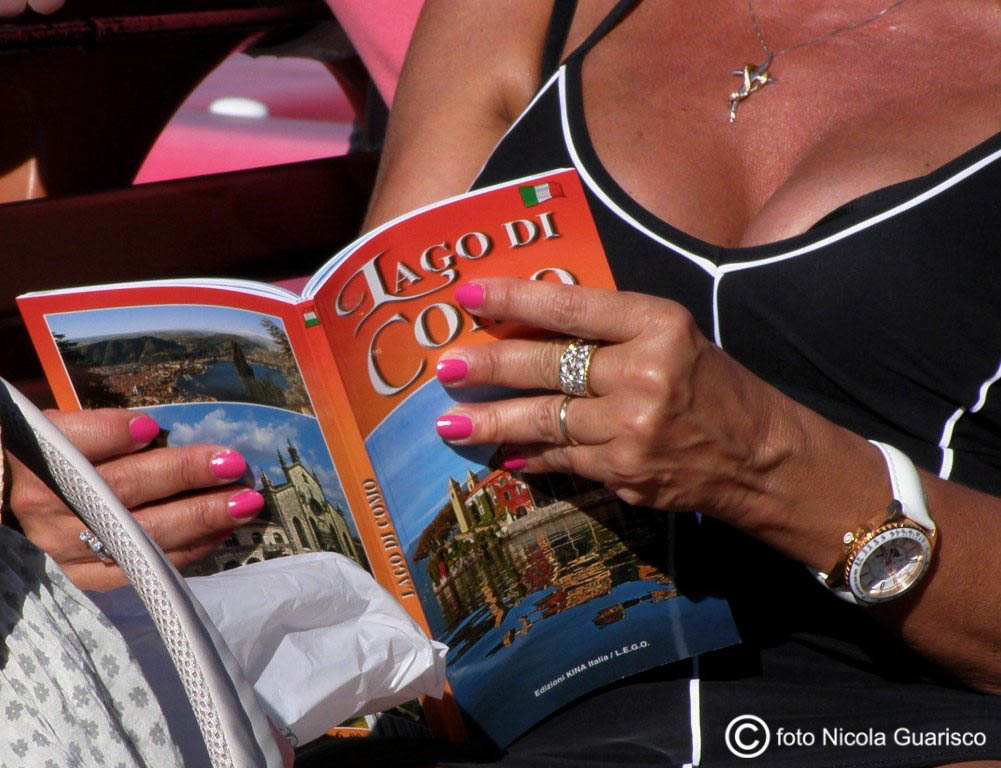 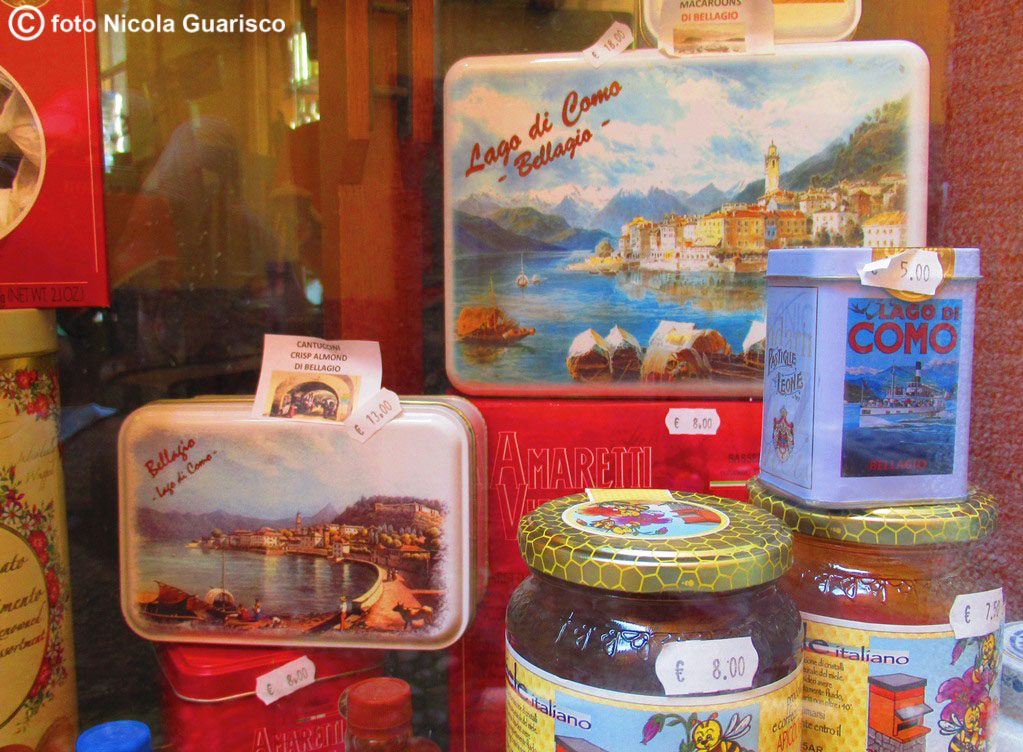
|
||||
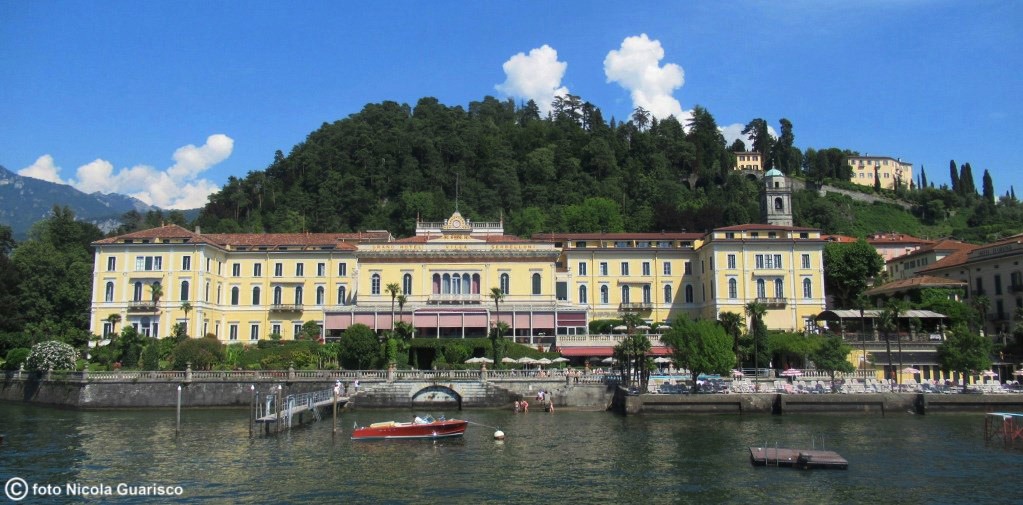
|
||||
|
The Grand Hotel Villa Serbelloni is one of the most elegant hotels in Italy | ||||
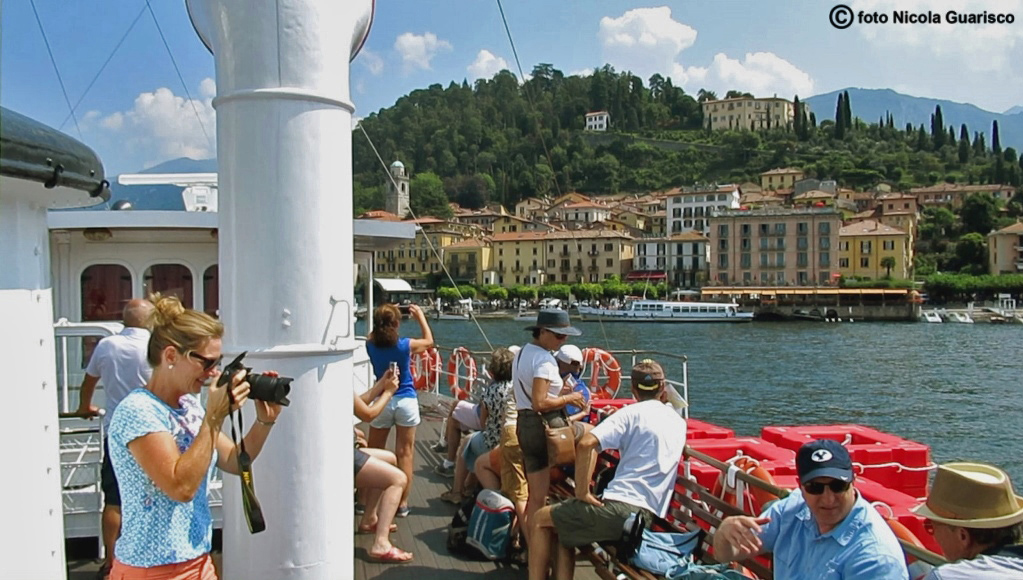
|
||||
|
Steamer arriving in Bellagio. | ||||
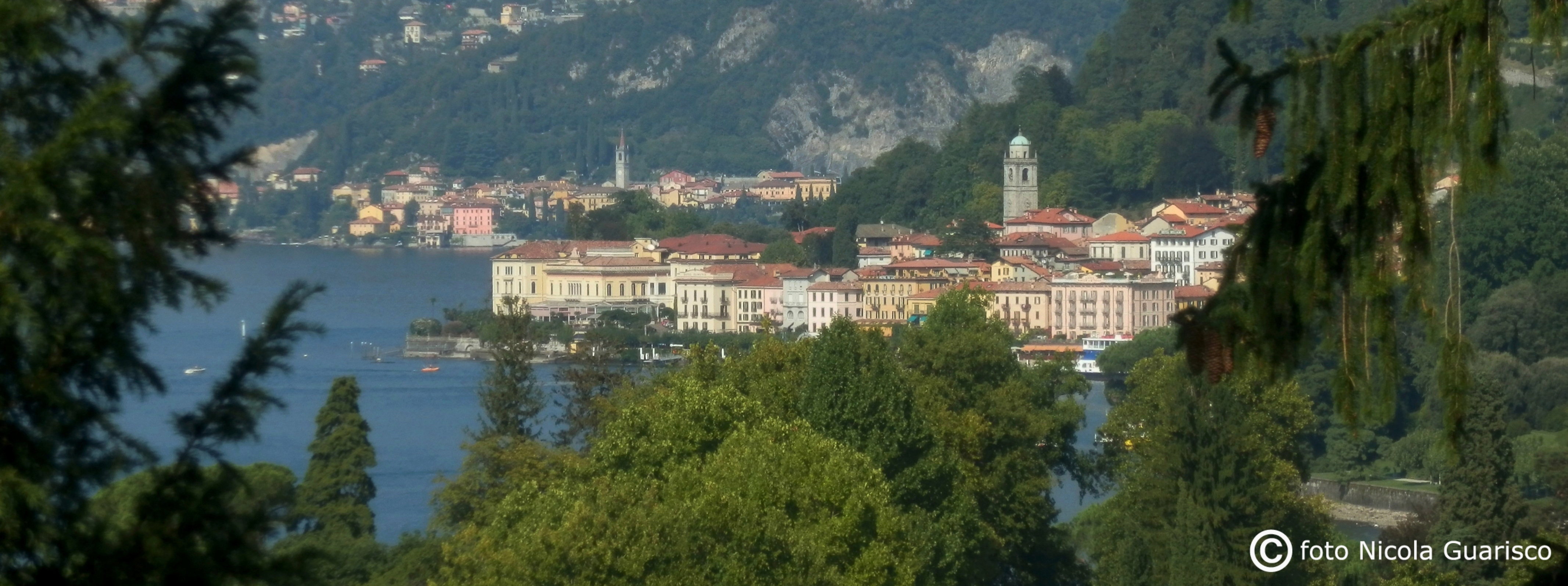
|
||||
|
Bellagio and Varenna, the "jewerly" of the Lario. | ||||
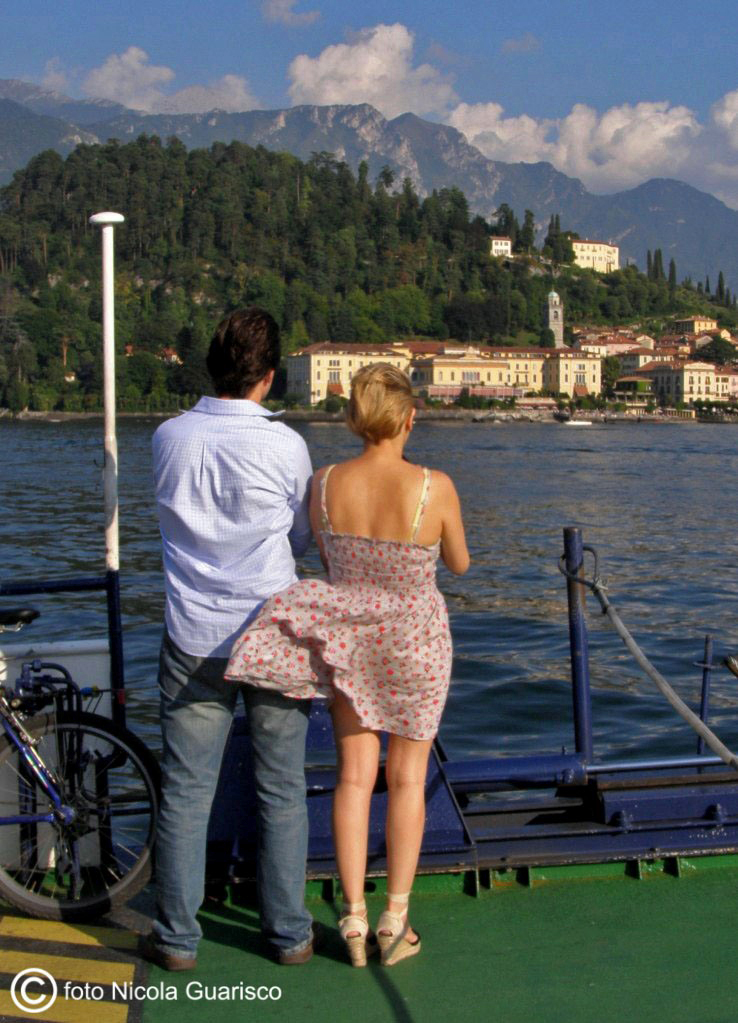
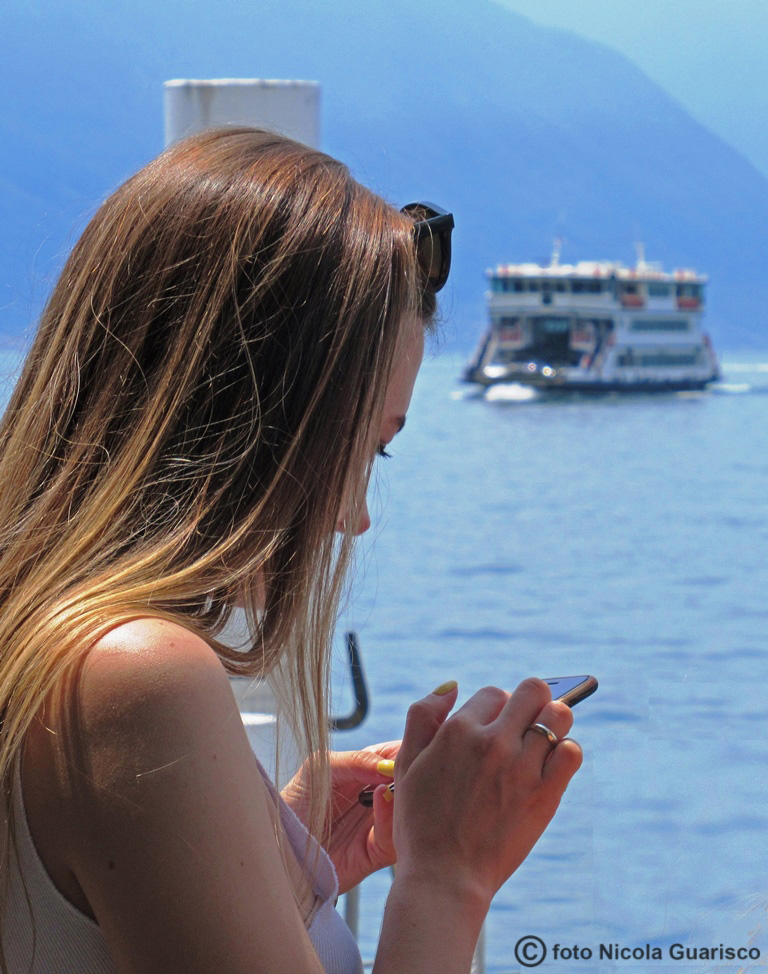
|
||||

|
||||
|
The inscription commemorates Franz Liszt’s stay (1837). | ||||

|
||||
|
July 1963: John Fitzgerald Kennedy arrives in Bellagio for a memorable pleasure trip. Upon landing with the helicopter in the park of Villa Serbelloni-Rockefeller, the American President defined the Lario area as “one of the most beautiful sites in the world” (photo by Sandro Lanfranconi). Theodor Roosevelt also visited the lake. | ||||
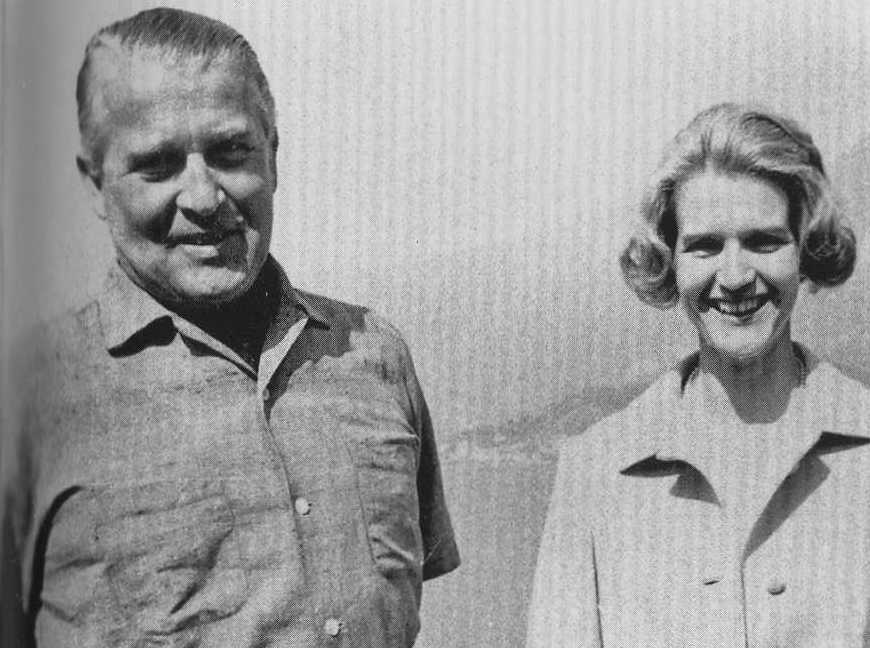
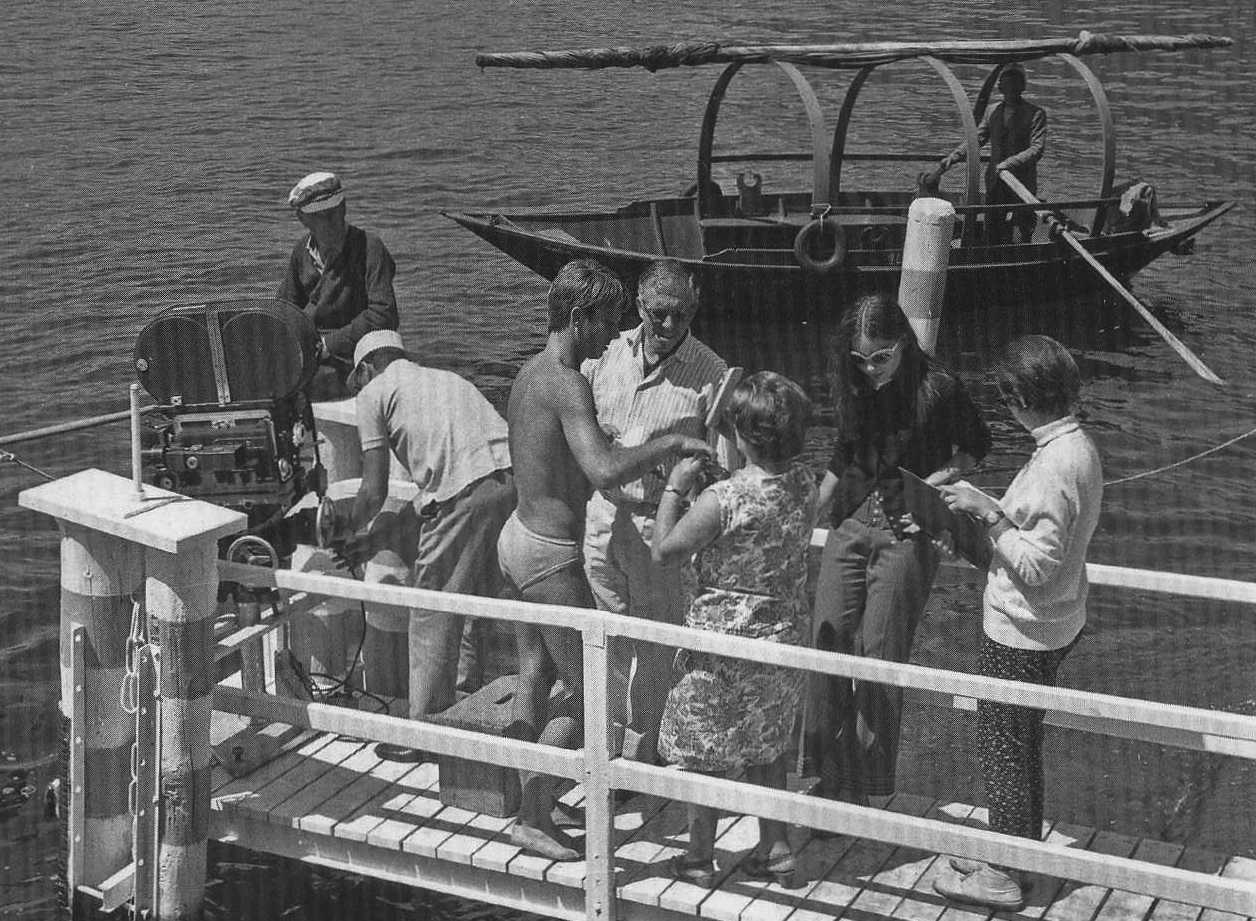 |
||||
|
|
| |
|
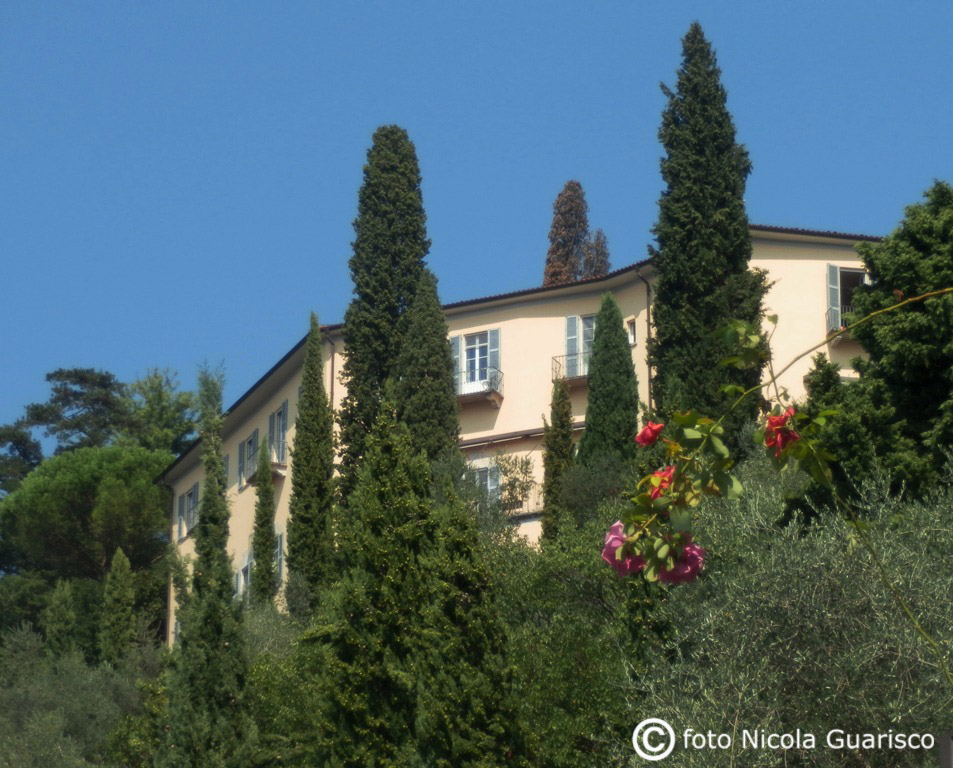
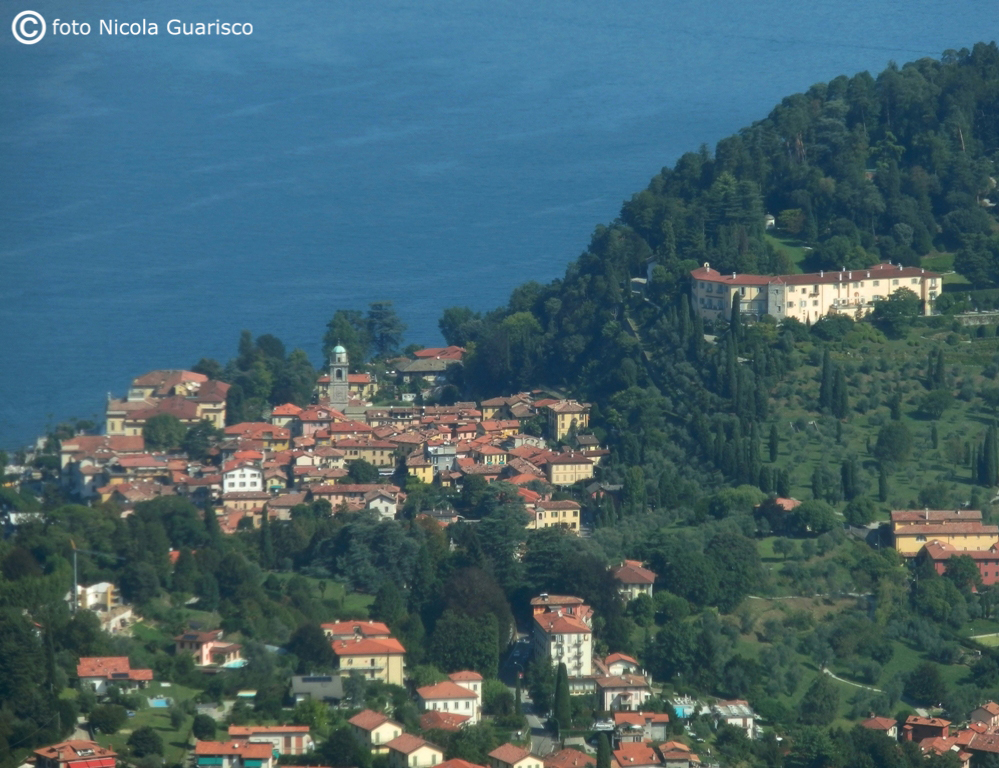
|
||||
| ||||

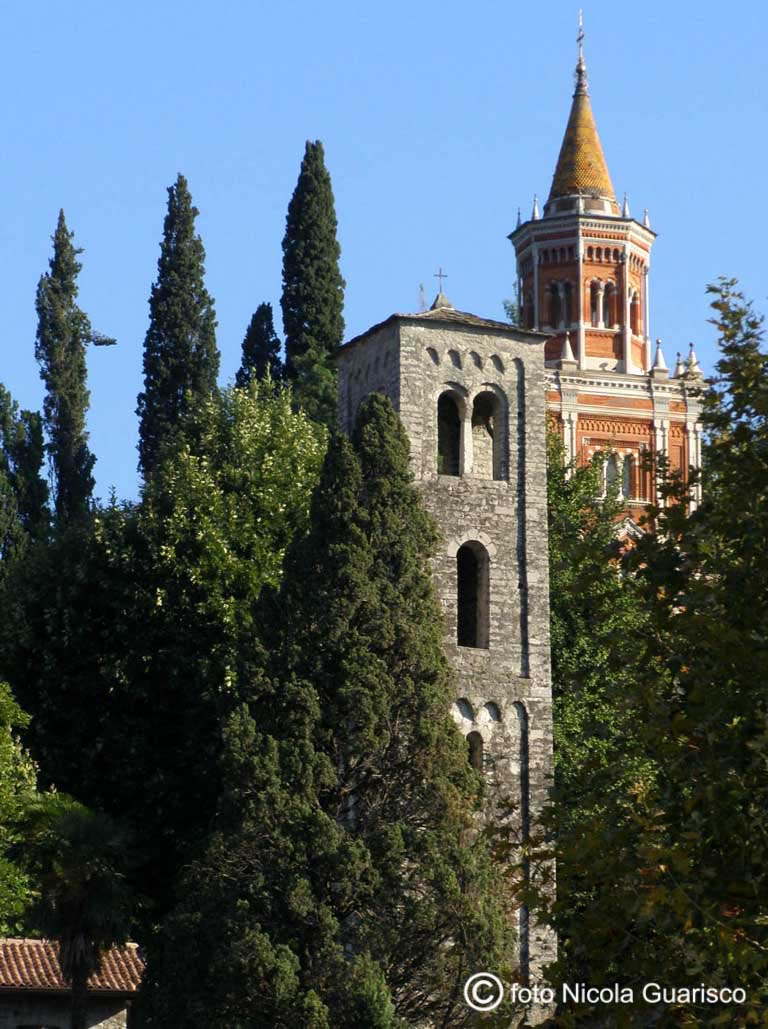 |
||||
|
Villa Melzi.
Surroundings of Villa Melzi (locality of Loppia): the bell tower of S.Maria (10th century) and the nineteenth-century mausoleum in memory of | ||||
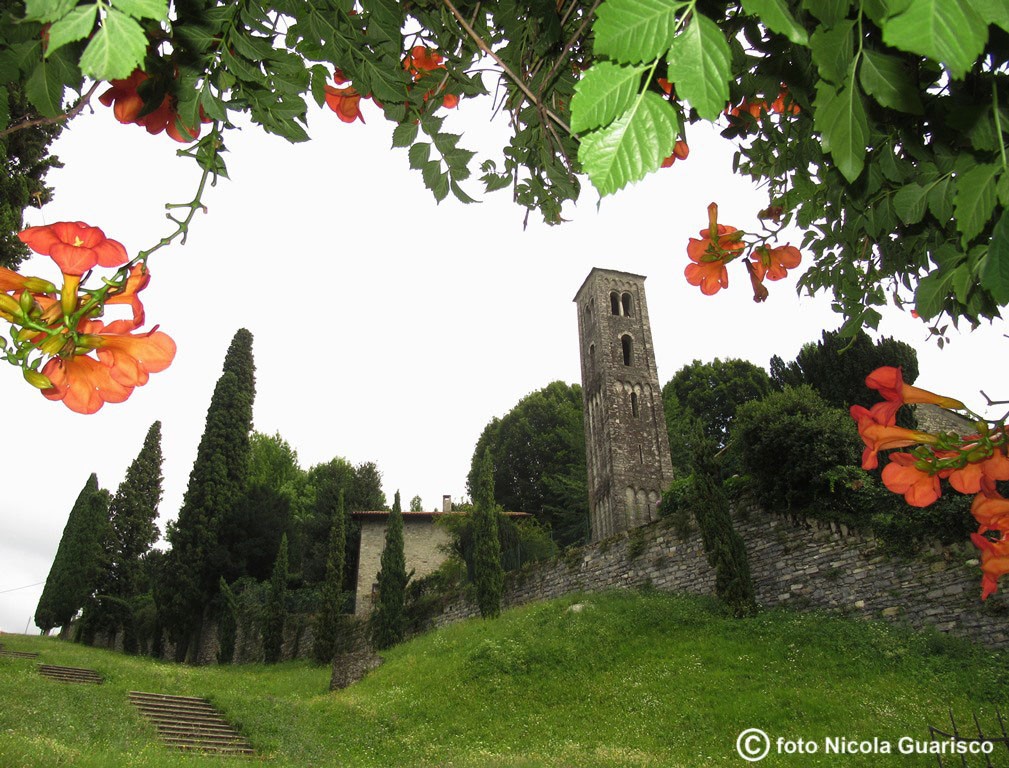
|
||||
|
Loppia. The green stairway toward Villa Giulia. | ||||
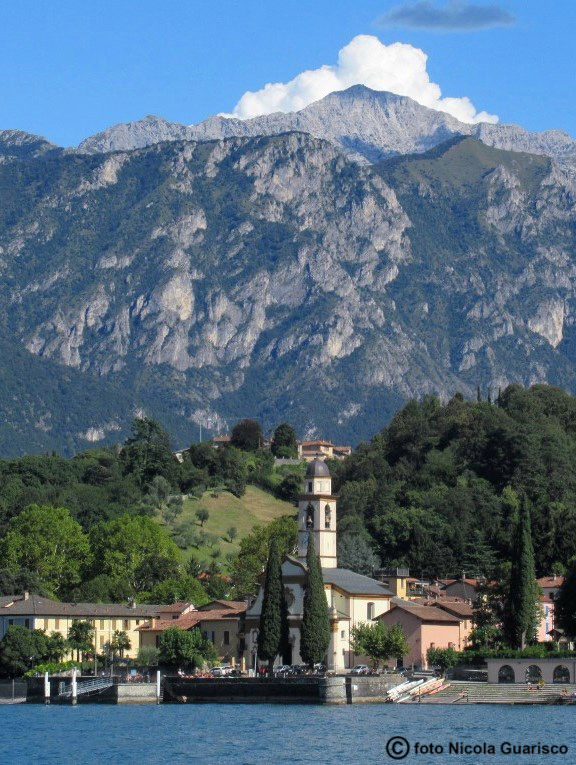 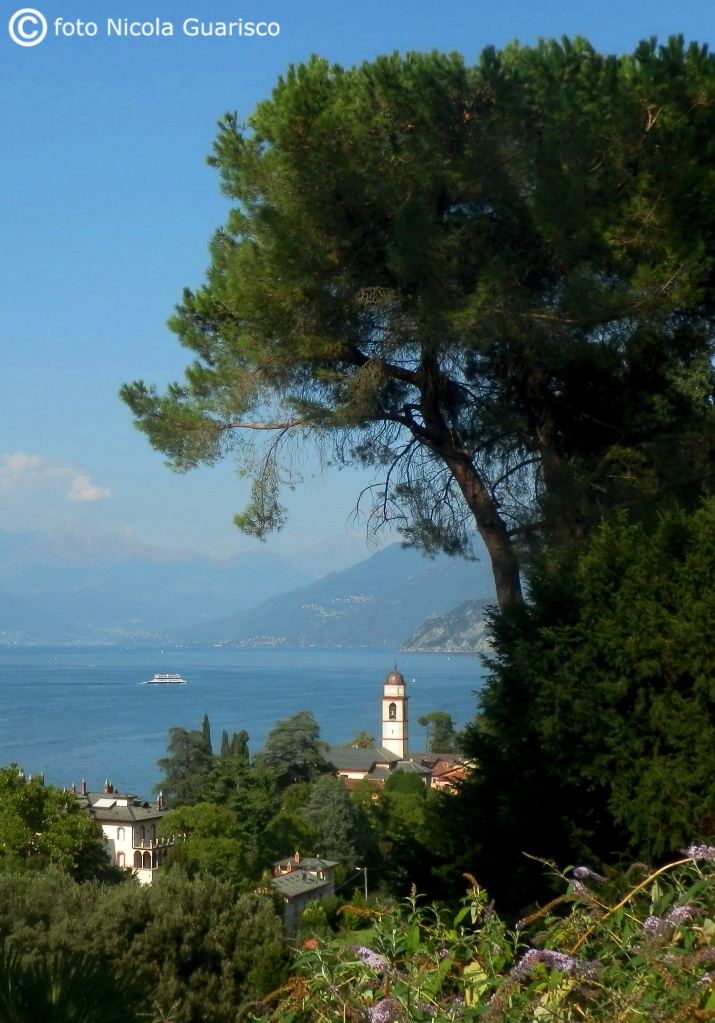
|
||||
|
The hamlet of San Giovanni. | ||||
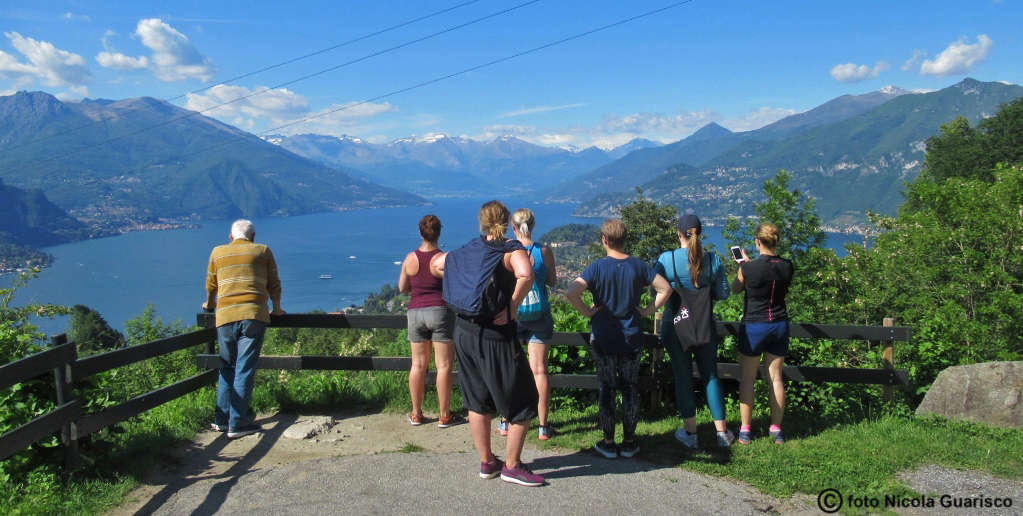
|
||||
|
Landscape along the road Bellagio-Civenna-Canzo, Madonna del Ghisallo. | ||||
